XAVIER CHRISTIAENS
After working as an actor, playwright and assistant (to film-makers such as Bruno Dumont), Xavier Christiaens went on to creating his own films on video. He is a persistent inventor of artistic forms and his work is located on the border of genres and practices. He conceives his films with rigorous and uncompromising independence and autonomy that is rigorous and very demanding towards the medium, which places him in a line along with avant-garde filmmakers. An artist without boundaries, he orchestrates the various points of attraction in his films: their writing, framing, editing, sound and direction (his companion Sandrine Blaise also works on his films).
First of all, within his work is a will to the images and places and to the reflection they generate, as well as to the restoration of the sound, which lingers beyond these spaces in an almost impulsive construction that is both intellectual and committed (in the sense of the way Xavier Christiaens throws himself into his work completely). He also manifests his presence, like a ghostly narrator, through boundless, hidden and fascinating songs, like those of the sirens who try to rouse us and revive our attention. His first two films, ‘Le Goût du Koumiz’ (2003) and ‘La Chamelle Blanche’ (2006), abound in formal ideas and reveal unexplored cinematic landscapes. Their fictional thread develops around a style of writing close to fables, diaries and mythological stories: in ‘Le Goût du Koumiz’, a nomad tells the story of his cultural and geographic uprooting, while ‘La Chamelle Blanche’ expresses a disappearance, located somewhere between science fiction and intellectual journey. These films, at one and the same time essays, documents, experiments and fiction, seek out other paths for cinema in a way reminiscent of the films of Jean Epstein and Stan Brakhage or of Arthur Hoérée’s musical compositions. They result in formal (and visual) inventions and carry out their search in the realm of recording traces and transparencies. The force of the editing produces an impression of accumulations of spaces and time, of a layered composition which causes the images to exist because of each other and on top of each other: a veritable tectonic plate of shots, lights and motifs agitates a texture of images and sounds in which every appearance and every projection is possible. An irremediable loss of bearings, whether spatial or temporal, is born and invites the viewer to discover, for the first time, worlds already in place but usually little-discovered (“the world is editing and editing is the world”, Dziga Vertov announced long ago). Editing recreates the world, while the spaces filmed by Xavier Christiaens (in Kirghizstan for ‘Le Goût du koumiz’ and on the shores of the Aral Sea in Kazakhstan for ‘La Chamelle Blanche’) are full of traces, fragments and ruins. In accumulating the images and sounds that he collects and deforms, he prunes them to leave only the essential: the force of the light; the violent contrast between black and white (sometimes sublimated with colours); the strength of distance and depth of field (the use of soft-focus contributes to this aesthetic of hiding, that is to say of appearance); the rising up and disorientation of the senses in the composition between foregrounds and backgrounds (between fore-sounds and back-sounds); matches between various worlds and kinds of stranded images; sudden melancholic loomings. These films are constructed like a cartographic and poetic proposition reminiscent of Calvino’s‘Invisible Cities’ in which everything has to be retained in order to prevent its definitive loss. The editing brings together this accumulation of overlappings whose materials burst forth like visual forms extracted from white light. There is no limit to Xavier Christiaens’s artistic experiments with images and sounds, which become substances that he modifies and re-arranges according to the project at hand. To seal this reunification towards a given final point, he must re-learn to use those tools (technical, artistic and even economic) that enable him to seek out and invent his own alchemy: the substances he works with undergo an interpretation, a slippage, and are purified by virtue of being rallied to the filmmaker’s project. The use of video presents a multitude of creative possibilities, the medium’s specificity spreading out into an infinite number of mutations.
Xavier Christiaens’s films respond to the challenge of the program proposed by Jean Epstein in 1946, when he wrote in his book ‘Intelligence d’une machine’ that “The cinema brings us into the presence of the unreality of space-time”.
(Source: Sébastien Ronceray)
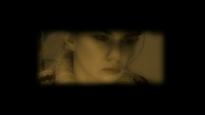
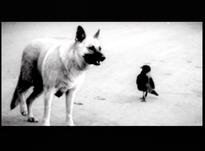
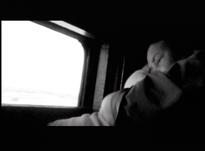
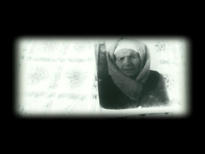
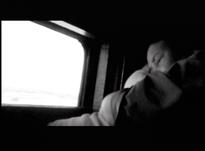
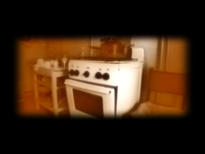
- ° 1963 Brussels (Belgium).
- † 2025 Brussels (Belgium).
-
Links
-
EVENTS
-
At view in the media library
WORKS